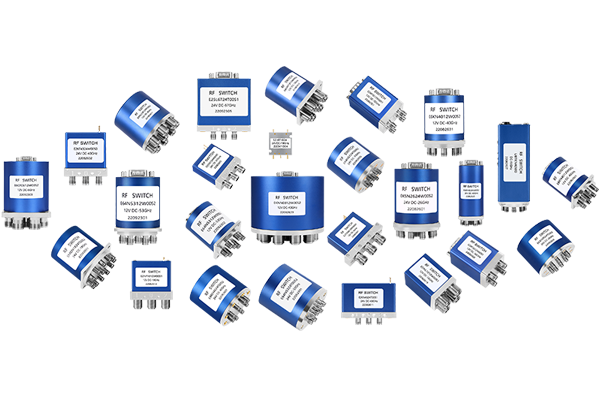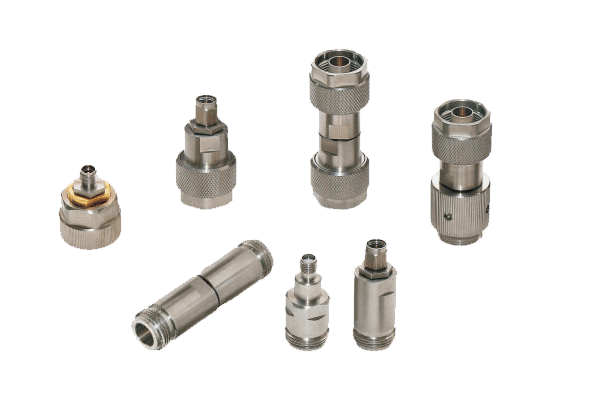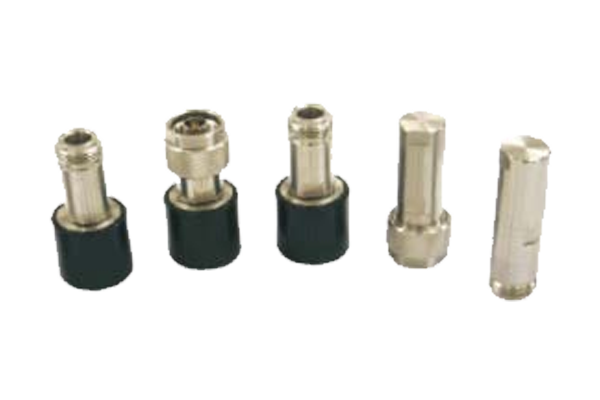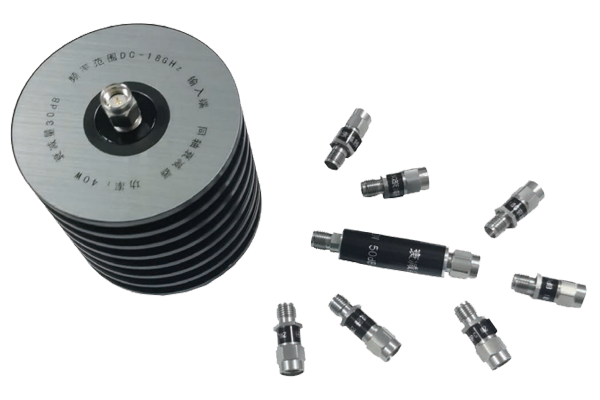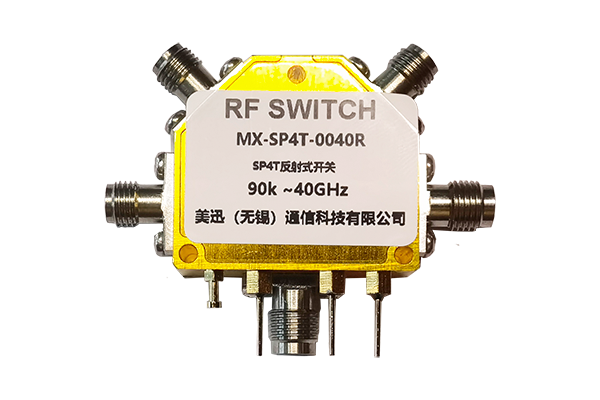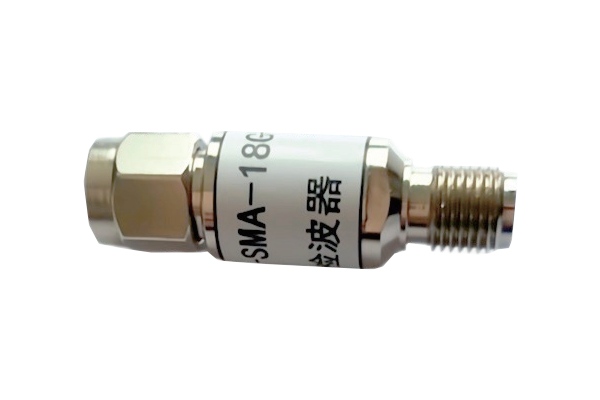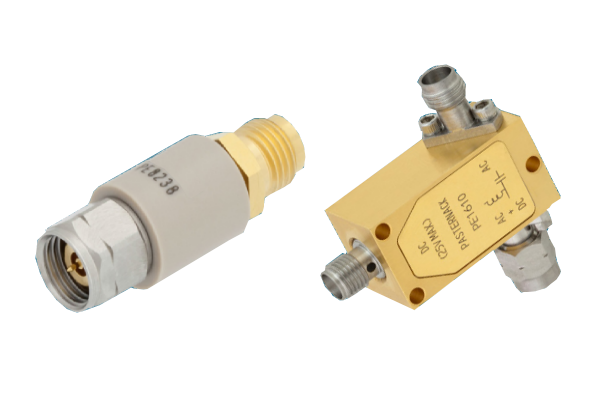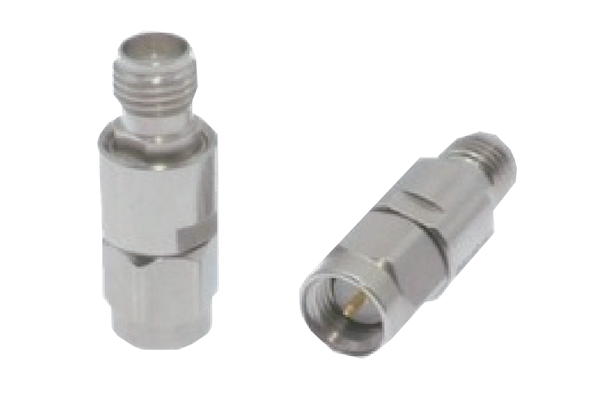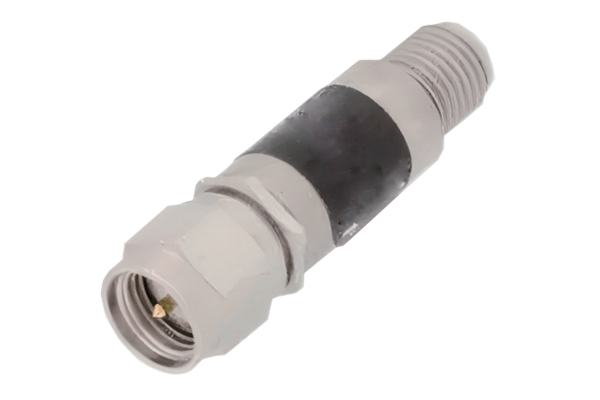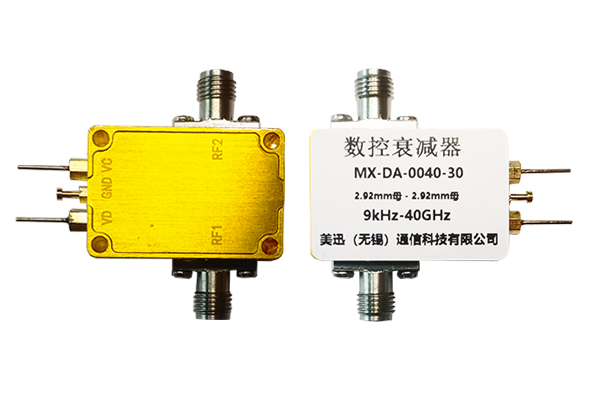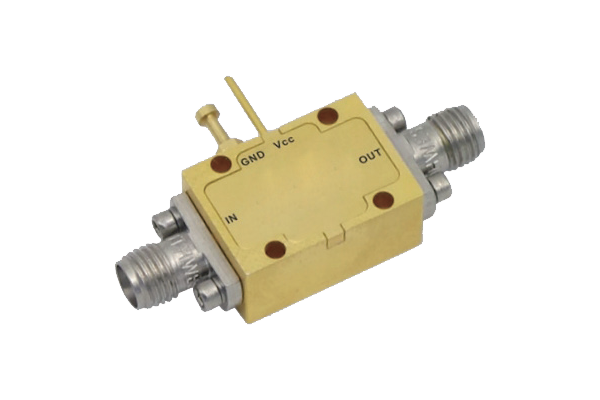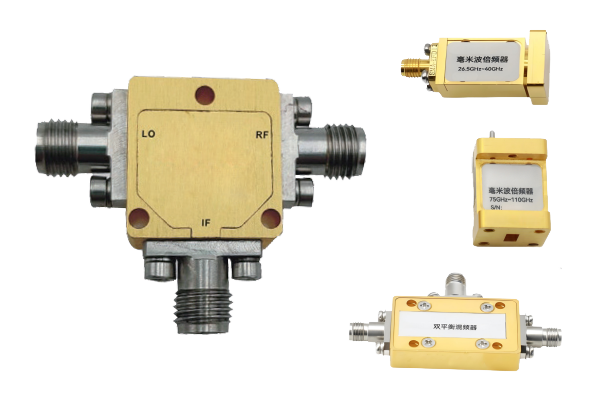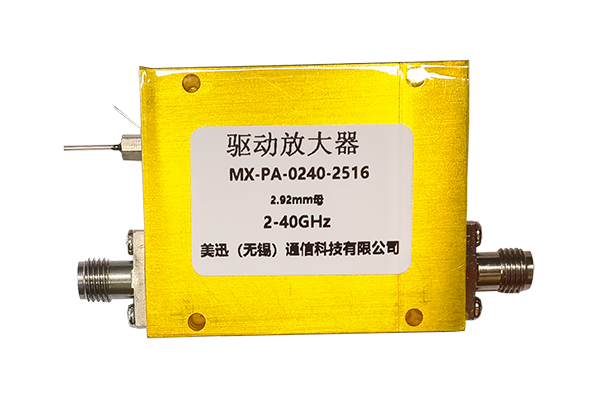How to Improve the Temperature Stability of RF Low-Noise Amplifiers
RF Low-Noise Amplifier Temperature Stability
Advanced techniques for maintaining performance across temperature variations through material selection, circuit design, and thermal management
1. Semiconductor Material Selection
- Different materials have significant differences in their electrical properties when exposed to temperature fluctuations
- Preferring materials with low temperature coefficients for core components
- Reduce performance drift caused by temperature fluctuations
- Mitigate the impact of temperature on the RF low-noise amplifier from the source
2. Circuit Bias Design Optimization
- Using a bias circuit with temperature compensation
- Automatically adjusts the operating point based on ambient temperature changes
- Ensures the RF low-noise amplifier maintains stable current and voltage
- Avoids performance degradation caused by bias point drift
3. Thermal Management Design
- Optimizing the PCB layout and increasing heat dissipation paths
- Using large ground planes and thermal vias
- Helps the RF low-noise amplifier dissipate heat quickly
- Reduces localized overheating
- Selecting a package with good heat dissipation properties
4. Negative Feedback Mechanism
- Adding appropriate negative feedback to the circuit design
- Suppresses gain fluctuations caused by temperature changes
- Makes the RF low-noise amplifier's output characteristics more stable
- Negative feedback adjusts the input-output relationship
- Offsets parameter drift caused by temperature changes
5. Temperature Compensation Tuning
- Fully test the RF low-noise amplifier under different temperature environments
- Documenting performance variations across temperature ranges
- Targeted adjustments to circuit parameters
- Addition of compensation components where necessary
- Ensure key specifications remain stable over a wide temperature range



